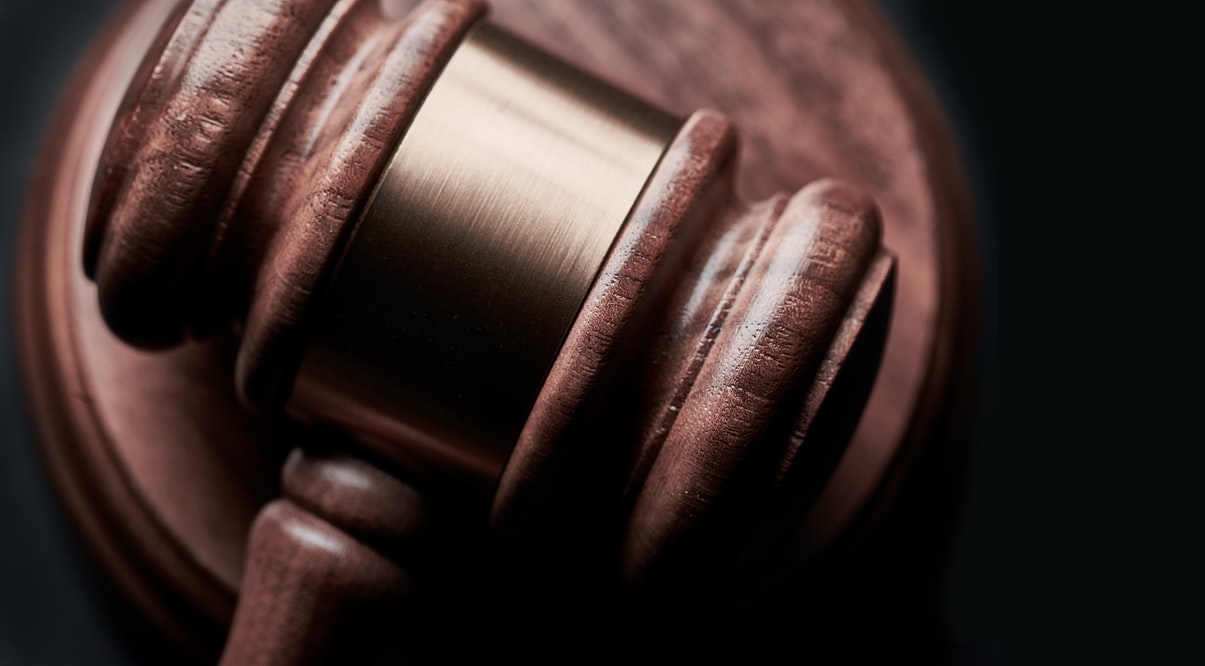The Eastern District of Pennsylvania recently granted an insurer’s motion to dismiss a bad faith claim after finding that the insurer immediately conducted an investigation into the insured’s claim by hiring two professionals, and reasonably relied on the professionals’ opinions when denying the insured’s claim. See Covenant Realty v. Westminster American Ins. Co., 2021 WL 4963519 (E.D. Pa. Oct. 26, 2021).
In Covenant Realty, the glass skylight atrium of the insured’s apartment building collapsed, leaving a hole in the roof and causing debris to fall into the building’s elevator vestibule. The insured immediately filed a claim with their insurer and retained a public adjuster to investigate the cause of the atrium collapse and to assist with the claims submission process. Upon notice of the claim, the insurer also retained an adjuster and a structural engineer to conduct its own investigation of the cause of the collapse. Both parties agreed that the collapse was caused, at least in part, by decay, deterioration, and rot within the atrium, but the parties disagreed as to whether that decay was hidden. The insured claimed that it was not aware of any decay prior to the collapse through routine checking of the building, whereas the insurer’s adjuster and engineer found signs of wear and tear around the atrium, which they opined would have been visible before the collapse. Based on the opinions of its adjuster and engineer, the insurer denied the insured’s claim due to rot, wear, deterioration, and maintenance-related issues, which were excluded from the insured’s policy. The insured further argued that the deterioration had been hidden and was only revealed after the collapse, but the insurer confirmed its denial of coverage. The insured subsequently sued the insurer for breach of contract and statutory bad faith. The insurer moved for summary judgment on both counts.
The Court denied the insurer’s motion as to the breach of contract claim after finding that there was a genuine issue of material fact as to whether the collapse was caused by hidden decay. The Court noted that while the insurer presented photographs taken after the collapse that showed that the decay was not hidden, the photographs failed to demonstrate what degree of decay was visible prior to the collapse.
As for the bad faith claim, the insured argued that there was a genuine issue of whether bad faith exists because the insurer failed to appropriately investigate the loss and denied the loss despite no evidence that the damage was not hidden. The Court disagreed. The Court found that the insurer immediately conducted an investigation into the cause of the collapse by hiring two professionals, an adjuster, and a structural engineer. Both professionals found evidence that the insured knew or should have known of the decay for several reasons: the post-collapse photos showed visible rust, rot, deterioration, and wear and tear; and the application of roof mastic suggested the roof was in a state of disrepair. The Court held that these reports gave the insurer a reasonable basis for denying the insured’s claim. Because the insured failed to point to any evidence from which a jury could clearly and convincingly find that the insurer lacked a reasonable basis for denying benefits and knew or recklessly disregarded its lack of a basis, the Court dismissed the bad faith claim.

